Chinese firms’ low standards and persistent oversupply, buoyed by non-market practices, pose a long-term challenge for governments, the private sector, and civil society alike.


Chinese firms’ low standards and persistent oversupply, buoyed by non-market practices, pose a long-term challenge for governments, the private sector, and civil society alike.
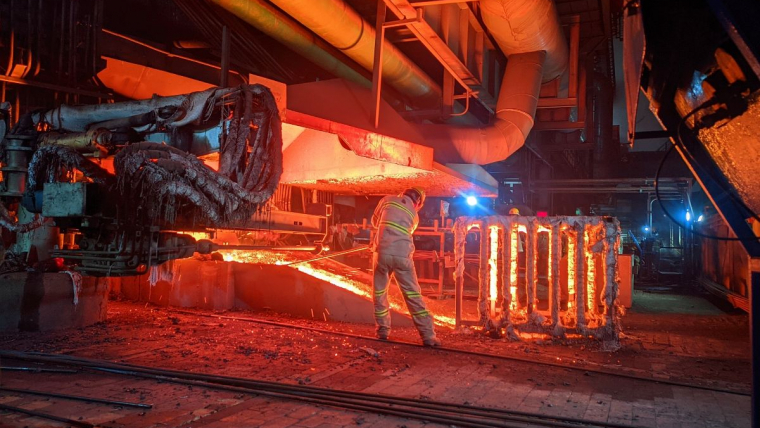
Indonesia has recently become the world’s dominant producer of nickel. The country’s rise in the mining industry and its push into higher-value steps in the nickel supply chain is due in part to capital from one source: China. Chinese companies have joined forces with Indonesian ones to form a nickel powerhouse. However, some practices of these joint Chinese-Indonesian ventures have…
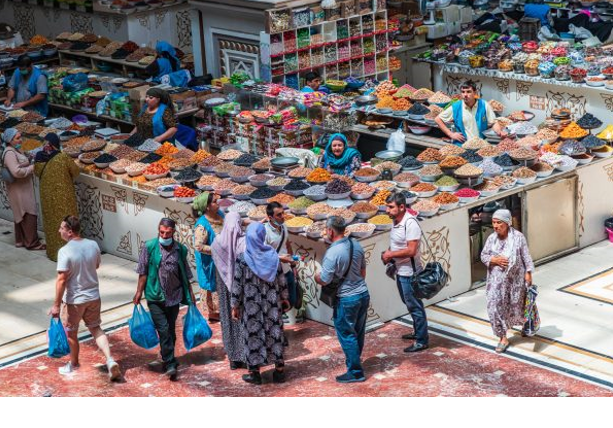
Since China launched its Belt and Road Initiative (BRI) in 2013, Beijing has loaned Central Asian countries over $30 billion to build infrastructure, expand extractive capacity, and support the region’s other development initiatives. Despite all this, Central Asian countries remain less connected to one another and the global economy than countries in other regions, and growing debt burdens have sparked…
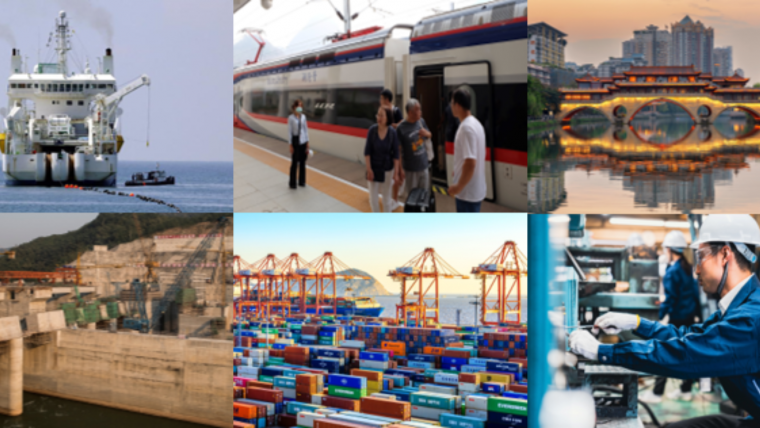
As China’s Belt and Road Initiative enters a new era, CIPE examines Beijing’s plans to go smaller, greener, and smarter. The new focus on what Beijing called “integrity-based cooperation” is a tacit acknowledgment of the corruption that plagued the BRI’s first decade. China’s commitment to fund livelihood assistance programs could bring aid directly to the people who need it, and…

Introducing Partner Perspectives, a new kind of content from BRI Monitor. These issue briefs spotlight the work of our hundreds of partners worldwide. Our focus for April is on Colombia, where our partner Colombia Risk Analysis explains the consequences of lobbying activity without sufficient oversight. In upcoming months we’ll mix in more Partner Perspectives to complement our regular Policy Briefs.
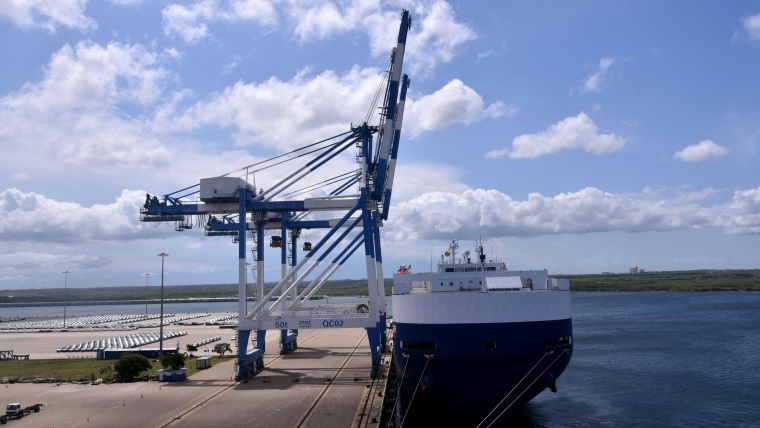
Sri Lanka’s 2022 debt default fueled debate over whether China’s Belt and Road Initiative-related loans constitute “debt-trap diplomacy.” In-depth studies by Verité Research indicate that, while the Chinese loans contributed to bad financial management and other serious issues, the root cause of the recipient country’s problems was something different. This new BRI Monitor Policy Brief by the Center for International Private Enterprise (CIPE) explains how…

China’s ties to Latin America have expanded substantially over the course of the 21st century as Beijing’s economic and political clout on the world stage have grown. China’s interest in the region is driven in part by a desire for access to Latin America’s abundant raw materials, such as copper and oil, that it can use to fuel its growth.…

China’s Belt and Road Initiative’s Standard Gauge Railway (SGR) project in Kenya is an intriguing example of the influence China’s infrastructure aid can have on a country’s democracy and economy. The documented ramifications remain significant reminders of vital lessons learned. This BRI Monitor Brief focuses on the undemocratic processes used to borrow money and select contractors, the consequences for Kenya’s…
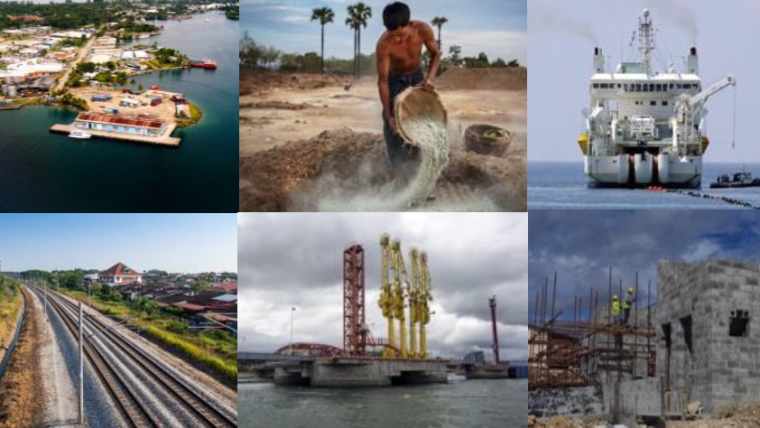
Do higher standards of transparency and accountability lead to better foreign direct investments for recipient countries? This policy brief focuses on Cambodia, where three road projects built buy three different bilateral donors offer a chance to compare methods and results.

The Digital Silk Road—the technology-driven component of China’s Belt and Road Initiative (BRI)—takes on new significance as Beijing turns its attention toward investing in the world’s digital infrastructure. In the Philippines, CIPE’s partner Stratbase ADR Institute has found that Chinese telecommunications investments created local cybersecurity vulnerabilities and threats to personal data privacy as well as national security. This month’s edition…